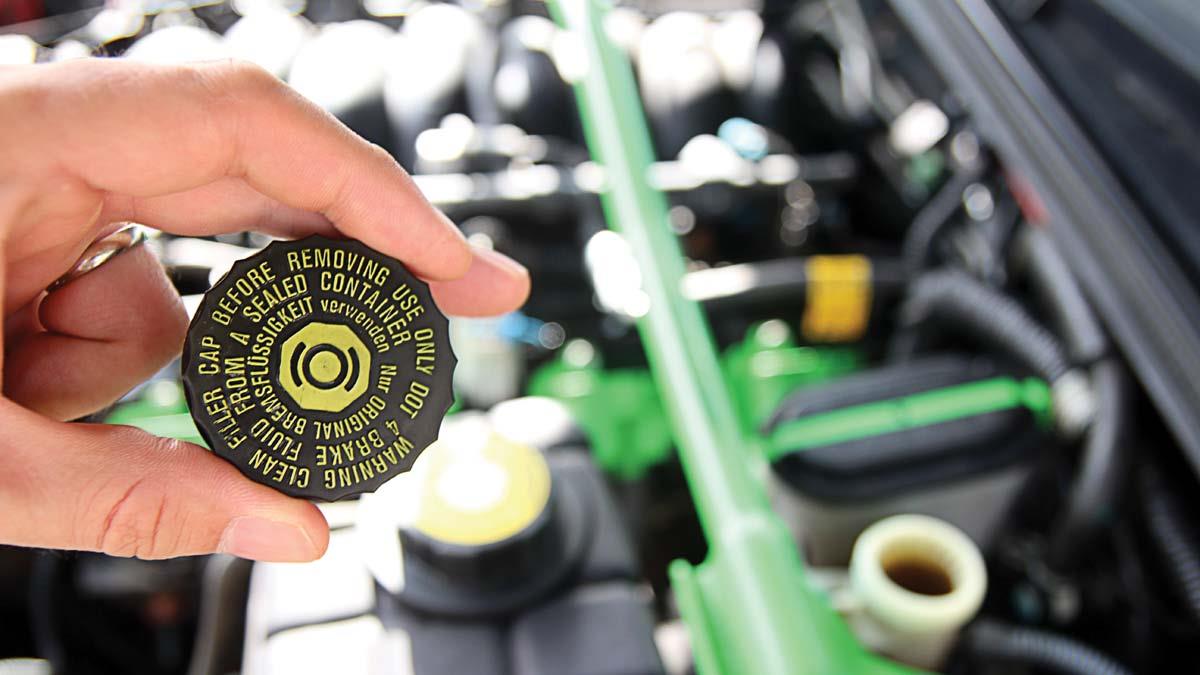
Unraveling the Chemistry: Categorizing Brake Fluids for Optimal Performance
Brake fluids are not often thought of as a performance upgrade, but they play a crucial role in ensuring responsive braking systems. Its only job is to transmit the force applied to the brake pedal to the brake calipers. But which brake fluid should you use? Understanding the categorization of brake fluids will help in choosing.
The Basics of Brake Fluids: Brake fluids are primarily classified into four main types: DOT 3, DOT 4, DOT 5, and DOT 5.1. These classifications are based on their chemical compositions and performance characteristics. DOT, or Department of Transportation, establishes the standards for brake fluids in the United States. The most common types, DOT 3 and DOT 4, are glycol-based fluids, known for their hygroscopic nature, meaning they absorb water over time. This characteristic can lead to a decrease in the boiling point of the fluid, making regular replacement crucial to maintain the efficiency of the braking system. When moisture gets into the fluid and heats up, it can boil and create air bubbles. Since air is compressible this leads to a soft brake pedal.
The Silicone Alternative - DOT 5 DOT 5 brake fluid is unique in that it is silicone-based rather than glycol-based. This distinction imparts several advantages, including a higher boiling point and resistance to water absorption. While these features contribute to a longer lifespan and enhanced performance, DOT 5 brake fluid is not compatible with systems designed for glycol-based fluids. It is crucial to note that mixing these types can result in brake system problems. Therefore, when considering a transition to DOT 5, a thorough brake system flush is necessary to prevent potential issues. Silicon based fluid is slightly more compressible meaning it will generally have a slightly softer brake pedal feel.
High-Performance Applications: DOT 5.1 brake fluid is often misunderstood due to its similar name to DOT 5. However, DOT 5.1 is glycol-based like DOT 3 and DOT 4, and it is characterized by a higher dry and wet boiling point compared to its counterparts. This makes it an excellent choice for high-performance and heavy-duty applications where braking systems operate at elevated temperatures. It shares the hygroscopic nature of glycol-based fluids, necessitating regular replacement to maintain optimal performance.
DOT 3, DOT 4 and DOT5.1 are the right choice for most vehicles. Do not use DOT5 unless you specifically understand why you are using it. Which of these three you use comes down to budget vs. performance. You will pay for higher temp fluid. If you want to know your peak temp you must cover, use our brake caliper temperature strips to indicate max temperature reached.


